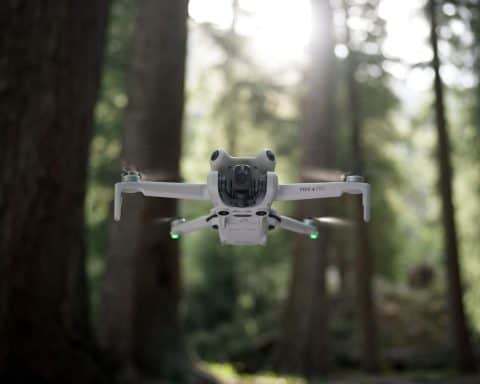As the electric bike revolution continues to reshape the cycling landscape, it raises a fundamental question: what should we call conventional bicycles in this age of e-bikes? In a world where electric bikes have become the new normal, finding a way to distinguish between these two modes of transportation is crucial.
Some argue that we should stick to calling them simply “bicycles,” as we always have. However, this term now feels too generic, especially since e-bike enthusiasts also refer to their electric counterparts simply as “bikes.” We need a term that can clearly differentiate traditional bikes from e-bikes.
One proposal is to use the term “pushbike” to refer to conventional bicycles, underscoring the physical effort required to ride them. This would mirror the distinction between email and snail mail or watching a TV show on different platforms. The mode of transportation matters, and having a specific term for regular bikes would help enhance clarity in conversations.
Others suggest using terms such as “p-bikes” (p for pedal), “acoustic bikes,” or even “tortoise bikes” to capture the essence of manual, non-electric cycling. These retronyms would emphasize the contrast between traditional bikes and their electric counterparts.
Nevertheless, it is important to approach the definition of these new terms with caution. In some cases, a desire to discriminate or label can lead to confusion or misunderstandings. Headlines like “Fat Bike Riders Are Plaguing Manly” exemplify the potential for unintentional ambiguity when attempting to differentiate between bike types.
Ultimately, the language we use should allow for necessary distinctions without causing unnecessary confusion. Whether we choose to adopt new terms or stick to the simplicity of calling them “bicycles,” the crucial thing is to acknowledge the changing transportation landscape and adapt our vocabulary accordingly.
The electric bike industry has experienced significant growth in recent years, and market forecasts predict this expansion to continue. According to a report by Grand View Research, the global electric bike market is projected to reach a value of $38.6 billion by 2025, with a compound annual growth rate (CAGR) of 7.9% during the forecast period. This growth is driven by factors such as increasing environmental awareness, rising urbanization, and government initiatives to promote electric mobility.
Infrastructure development is a key issue for the electric bike industry, as it needs support to accommodate the growing number of e-bikers. This includes the establishment of charging stations and designated parking spaces for electric bikes. Additionally, regulations and guidelines are necessary to ensure the safe and responsible use of electric bikes, particularly regarding speed limits and licensing.
Furthermore, traditional bicycle manufacturers are entering the electric bike market to capitalize on the increasing demand. Companies like Trek, Giant, and Specialized have introduced their own lines of electric bikes to cater to this evolving market.
For more information on the electric bike industry and market trends, you can visit Grand View Research, a reliable source that provides comprehensive market analysis and forecasts for various industries.
It is crucial to consider the broader context and future implications of the electric bike industry. As electric bikes become more prevalent, we must address issues such as battery disposal and recycling to ensure sustainable practices. Additionally, integrating electric bikes into broader transportation networks, including public transportation systems, will be crucial for urban planning and infrastructure development.
The discussion surrounding what to call regular bicycles in a world dominated by e-bikes reflects the evolving nature of transportation and the need for clear language to differentiate between various cycling modes. As the industry continues to evolve, it is likely that new terms and distinctions will emerge to accurately describe the different types of bicycles available. The most important thing is to foster understanding and clarity in discussions about bikes, whether they are traditional pedal-powered ones or their electric counterparts.


















